How Companies Like Apple And Samsung Make Their Smartphones Water-Resistant
Aadhya Khatri - Sep 17, 2019
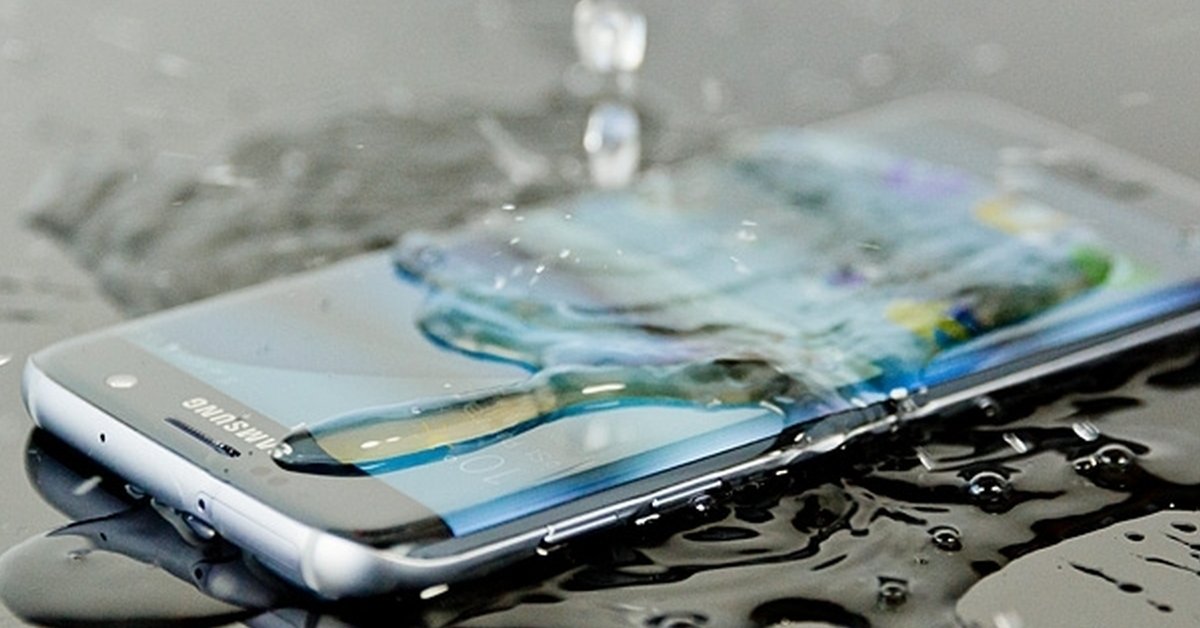
Smartphones like Galaxy S7, iPhone 7, and Sony Xperia XZ are water-resistant, but how exactly phone makers can achieve that?
- Best Gaming Phones 2025: Top Devices for Mobile Gaming
- Samsung Odyssey 2025 Gaming Monitors Launch in India with Revolutionary Features
- Samsung Galaxy Z Fold 7 Ultra: The Next Chapter of Premium Foldables
Smartphones like Galaxy S7, iPhone 7, and Sony Xperia XZ can survive if you pull them out under the rain for a few seconds or accidentally drop them into a bowl of sauce. All you have to do is to rinse them, and they are ready to be used again.
Water-resistance is great, and you can have use for this ability. But have you ever wondered how this works? If the answer is yes, here is the explanation.
How Water Resistance Works
Scott Havard, a teardown engineer at iFixit asked us to imagine an egg with the shell intact. Water cannot get into the inside as there is no place for them to go through.
Now imagine a plastic Easter egg and the problem starts to show.

The issue here is, your phone has a handful of holes and gaps, not just one. So how phone makers can ensure that the device can survive when, for example, it is raining?

Their secret is glue, lots of glue. They come in all kinds of names, like adhesives, seals, tapes, or gaskets, but all mean the same thing. Watch any teardown video and you will see thick layers of sticky substance holding the chassis and the screen together.
Glue is handy but it does not work on everything. Users will not want any goop sticking out of ports and buttons. And for these parts, rubber gaskets are the solutions.
Look on the inside of the charging ports or headphone and you will see these rubber rings. Apple even adds them to some cable connectors for another layer of protection.
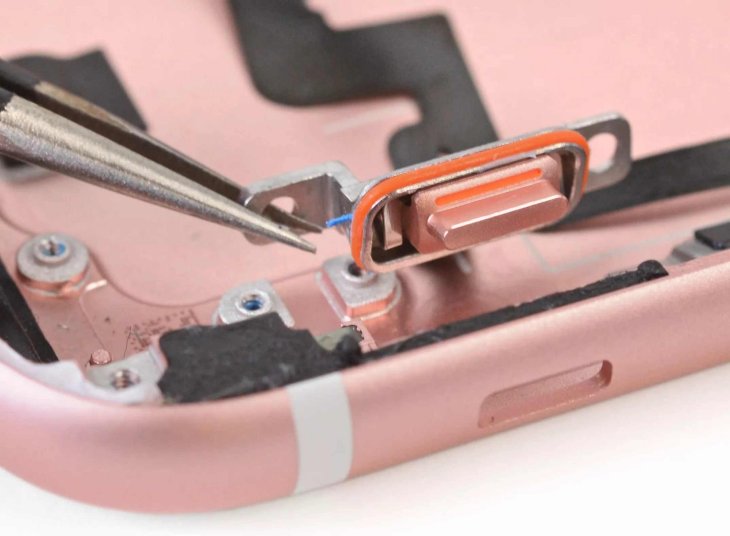
Buttons call for another kind of solution, between the electrical contacts and the physical buttons are small boots of silicone rubber. This mechanism is similar to how you cover your shoes with plastic bags before going out into the rain.
Watertight, Not Airtight
However, not like an egg, a smartphone needs some parts of it unsealed.
Microphones and speakers need air in and out because that is basically how they make sounds. In addition, it is important that the phone is not airtight to make sure that the pressure on the inside is always equal to that on the outside. Without this balance, the pressure force may push through and create gaps for water to get in.
To solve this issue, many manufacturers make use of really fine mesh in front of microphones and speakers. Some manufacturers, like Samsung, use a pressure vent. In the place of the mesh, they use a breathable, water-resistant fabric membrane to make sure that pressure on both sides is equal.
Samsung also switches the charging ports off automatically and use nickel and other corrosion-resistant metals to prevent rust from developing.
There's No Such Thing As Waterproof
There is no such thing as 100% waterproof for smartphones.
That is why companies like Apple and Samsung use the term water-resistant instead of waterproof to talk about their devices.
And water alone is not enough if it has something extra, like salt; that will become another issue.
Sony used to say that owners of its Xperia phones can take pictures underwater with their device. However, the company later got into lots of trouble with Australian regulators as many users complained that the Sony device stops working, and even got rusty after they took them to the pool.
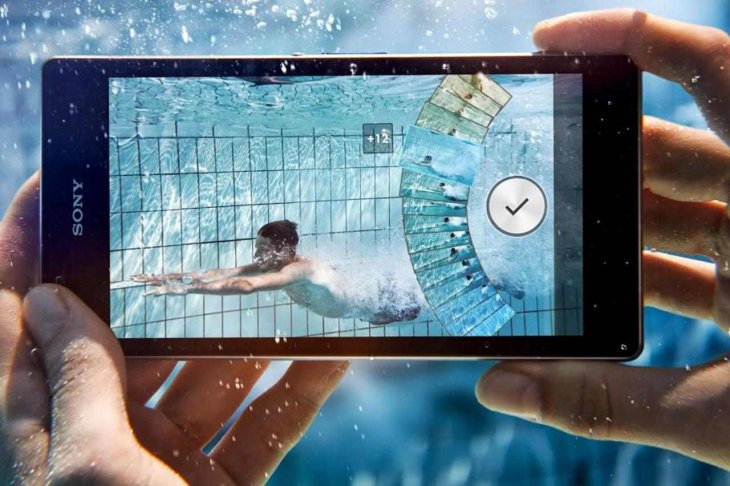
What Sony did not think of is that Australian pools may use salt water, which can breach and corrode the seals of its smartphones. So after that, Sony changes the statement, it told users not to submerge the device underwater, especially one with salt.
Since that incident in Australia, Sony has been more careful with what it said about its devices’ water-resistant ability. What it advises is IPX8-rated phones would be safe in a pool with chlorinated freshwater. And after the swim, you need to rinse the chlorine off with fresh water. Apple also has a long list of what you should not do with a water-resistant phone.
In recent Samsung Galaxy phones, you will see a rubber gasket on the edge of the SIM card tray.
So now, when companies tell you that their devices are water-resistant, what they really mean is that the device is safe under certain depth and for a certain amount of time.
To determine the depth and the time, what you should look at is the IP ratings.
IPXX
You do not need to know everything about the IP system here. Overall, phones are tested to see if they can come out intact when being exposed to droplets of freshwater, jets of water, or being submerged under a few meters of water for a certain amount of time. If you let it sit at the bottom of the pool for about half an hour, you might be out of luck.
If some phones have IP ratings, the only thing it will guarantee is that the manufacturer has conducted these tests in the lab and the device survives. These ratings cannot ensure that you can use the phone underwater or drop it in water and it still comes out working like nothing has happened.
After you have used the device for some time, meaning it may have a certain level of wear and tear, these ratings cannot ensure it can be as water-resistant as when it is new either.
Even if the phone can come out intact, you should also let it dry before attempting to use or charge it.
Featured Stories

Mobile - Oct 23, 2025
How Casual Games Are Winning the Mobile Attention War
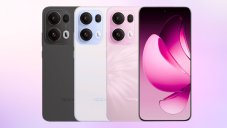
Mobile - Jul 03, 2025
OPPO Reno 14 Series Hits India: Launch Date, Cameras, and Specs

Mobile - Jun 12, 2025
Best Gaming Phones 2025: Top Devices for Mobile Gaming
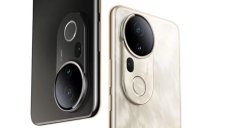
Mobile - Jun 12, 2025
Vivo T4 Ultra Debuts with MediaTek Dimensity 9300+ Chipset
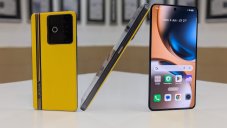
Mobile - Jun 08, 2025
Realme GT 7T Review: Power Meets Endurance in Controversial Style
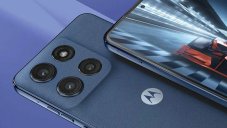
Mobile - Jun 08, 2025
Motorola Edge 60 Set to Debut in India This June
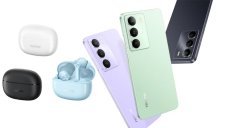
Mobile - Jun 07, 2025
Realme C73 5G Launches in India: Budget 5G Phone Starts at ₹10,499

Gadgets - Jun 07, 2025
OnePlus 13s Makes Indian Debut: Compact Flagship Brings Premium Features at...

Mobile - Jun 04, 2025
Samsung Galaxy Z Fold 7 Ultra: The Next Chapter of Premium Foldables

Mobile - Jun 02, 2025

Comments
Sort by Newest | Popular